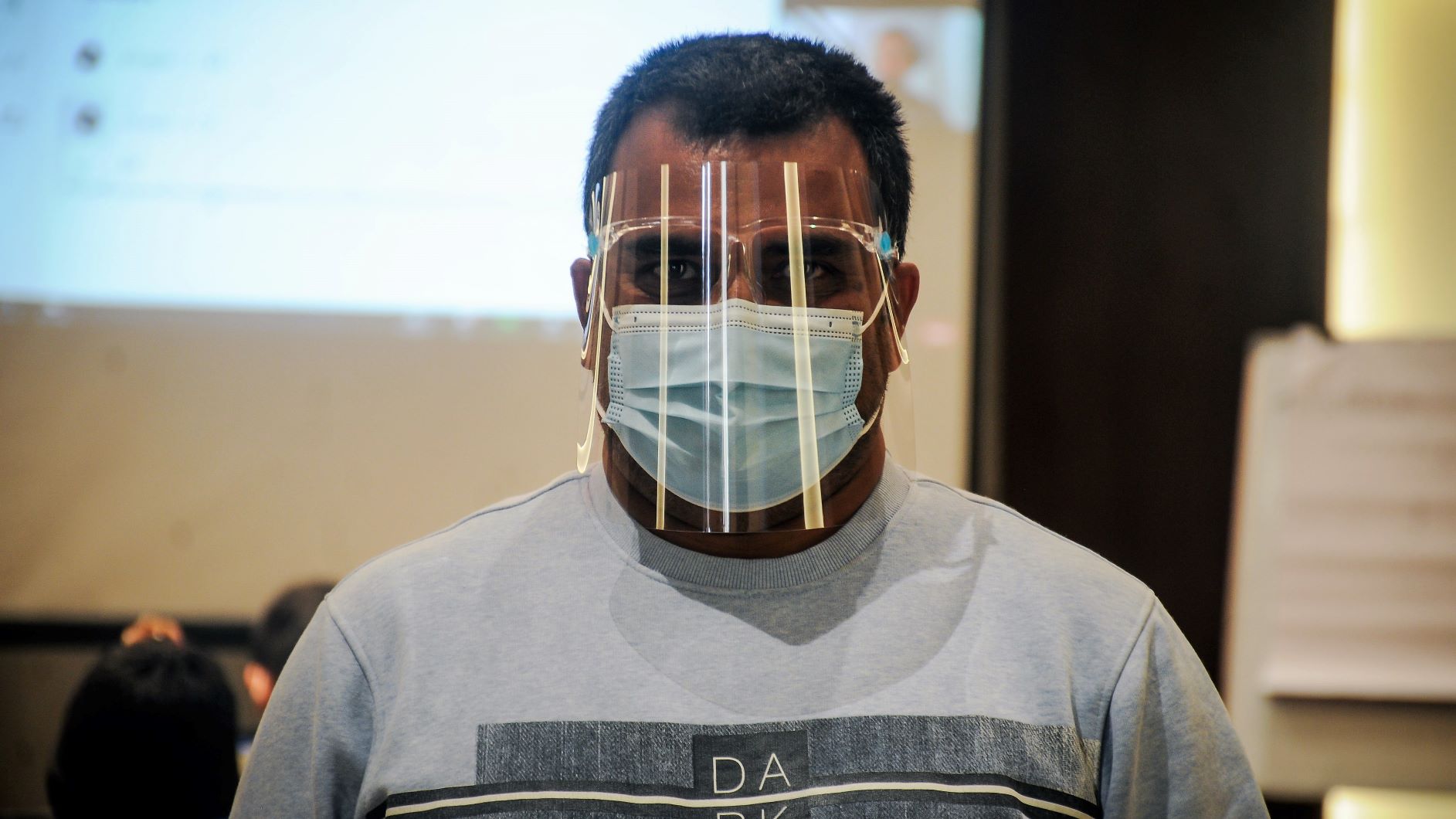Yesterday, I tweeted about new layout design of Himal Khabarpatrika – a fortnightly news magazine published by Kanak Mani Dixit (@kanakmanidixit) for Himalmedia Private Limited. The tweet was a summary of a small text placed in the magazine’s new issue saying that the particular issue onward the magazine has changed the size and layout.
http://twitter.com/#!/UjjwalAcharya/status/158576069035835392
I put a second line myself saying that the market has gone down for the magazine. It was my experience based more or less on my interpretation of some of the answers by Dixit in an in-house discussion published in its 300th issue (Deshko Mag – Nepali text).
My observation prompted a friend of mine, who claimed that he is a subscriber of the newsmagazine for more than five years now, begin an online chat with me. He seemed to be a big fan of the newsmagazine and was concerned about degrading quality of the magazine. I asked how can he claim that the quality of the magazine has degraded and he offered me a few reasons (saying ‘this is an ordinary reader’s views’) on why he thought the magazine has lost the base.
 I found his ideas interesting and talked with a few other friends, mostly journalists, on why they think was wrong with the magazine. The points are put here with a disclaimer that they are not my opinions (and of course, without any names of the people who told me so).
I found his ideas interesting and talked with a few other friends, mostly journalists, on why they think was wrong with the magazine. The points are put here with a disclaimer that they are not my opinions (and of course, without any names of the people who told me so).
1. Too biased against Maoists
Himal has always been anti-Maoist and anti-Monarch, an editorial line it kept throughout its history. But they forget keeping an editorial line is different that always writing against them on everything. ‘I don’t like reading them for the same reason I don’t read Janadisha (a Maoist publication),’ one of the friends said.
‘To criticize on each and everything of Maoists can not be justified,’ one other said.
2. Too much NGO-content
The content on climate change, environment and lately earthquake were informative but it doesn’t feel good when there are too many content on them. ‘And, Himal only covers the NGO-issues prominently when one of the Dixits or person close to their circle is involved,’ one claimed. Giving space to same author on same topic time and again (and to same topic) didn’t help regular readers.
3. Weak leadership
Himal had Rajendra Dahal as it’s editor for long time. When Dahal joined Himal, he was already a veteran journalist with an authority in journalism. His able-leadership guided the magazine to it’s best. ‘He was also the one who dwarfed or at least stood shoulder-to-shoulder to the Dixits,’ as one pointed out. Since then Himal lacked the editor of his caliber.
All these factors – many journalists friends – pointed out made the magazine less credible over time, and the market dwindled for it.
My purpose for producing all this (with unnamed people) is that maybe Himal, going into its revitalization, can ponder over those issues.
I still find it a must-read, different from any other magazines in Nepal and I praise the magazine’s stand during political upheavals. The contribution of Himal, despite being a fortnightly, in decision-making of journalism sector during the then King Gyanendra’s autocratic regime and it’s criticism to extreme power has always been its strength.
I sincerely hope that the magazine will re-establish itself as ‘must read’ for all and continue influencing collective thoughts of people.

